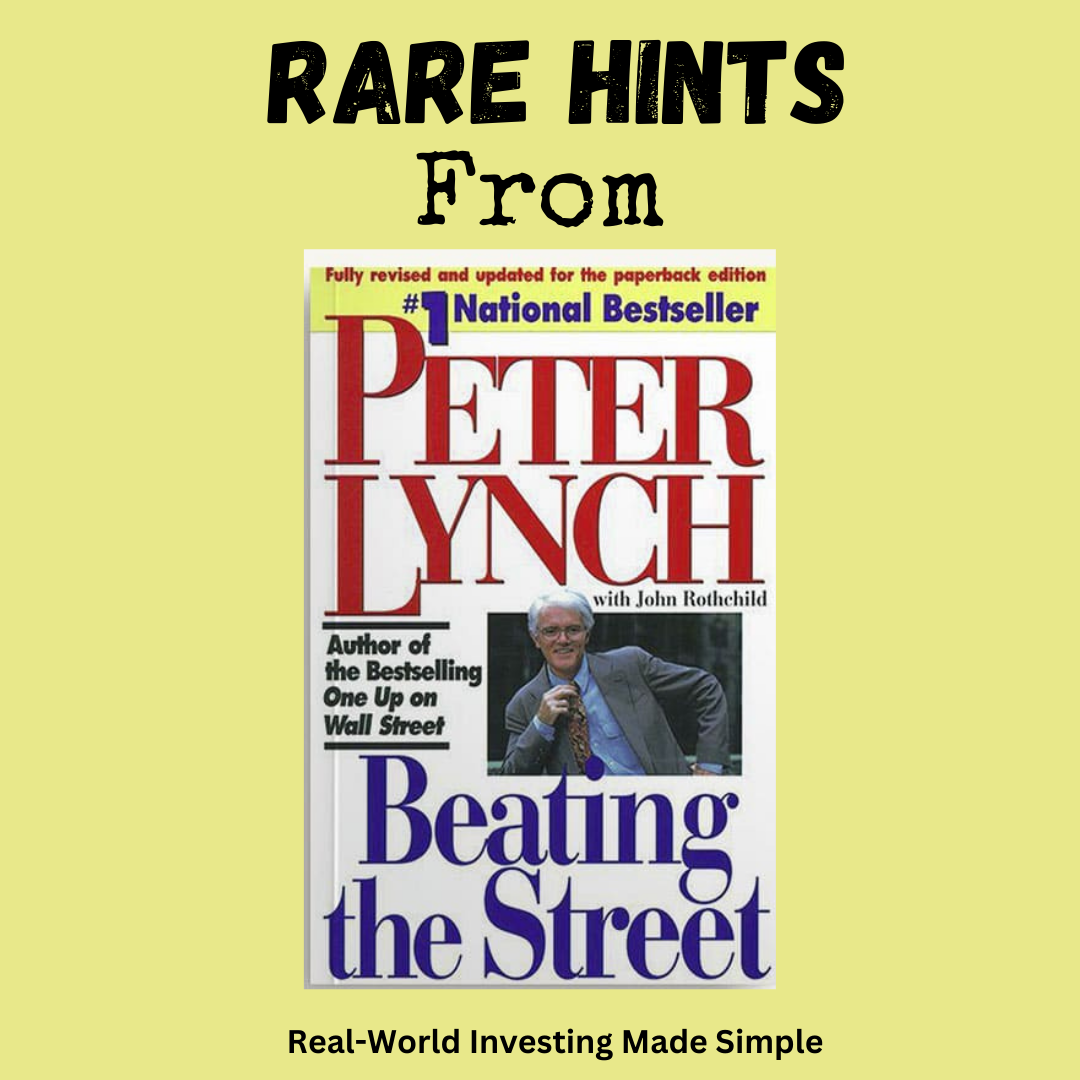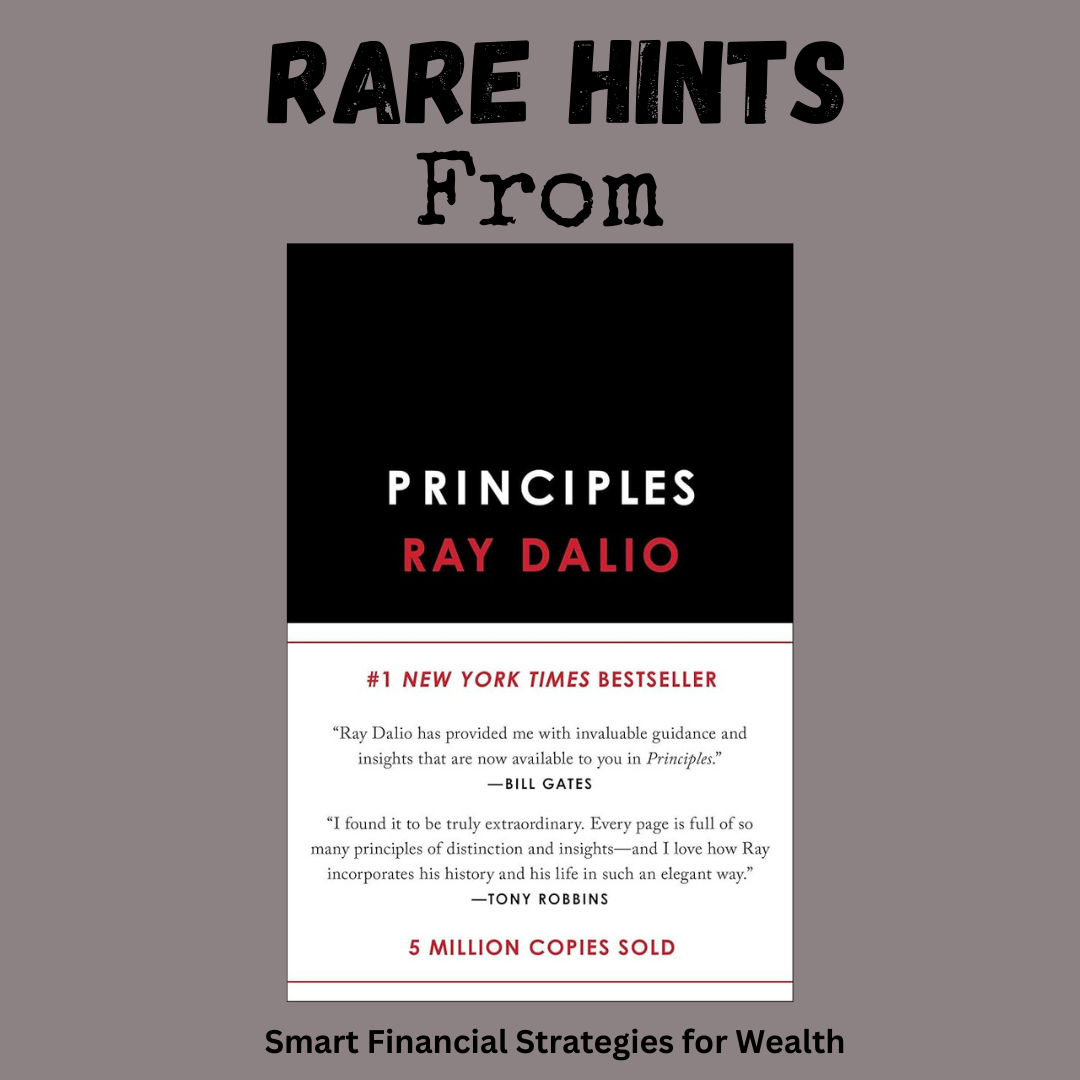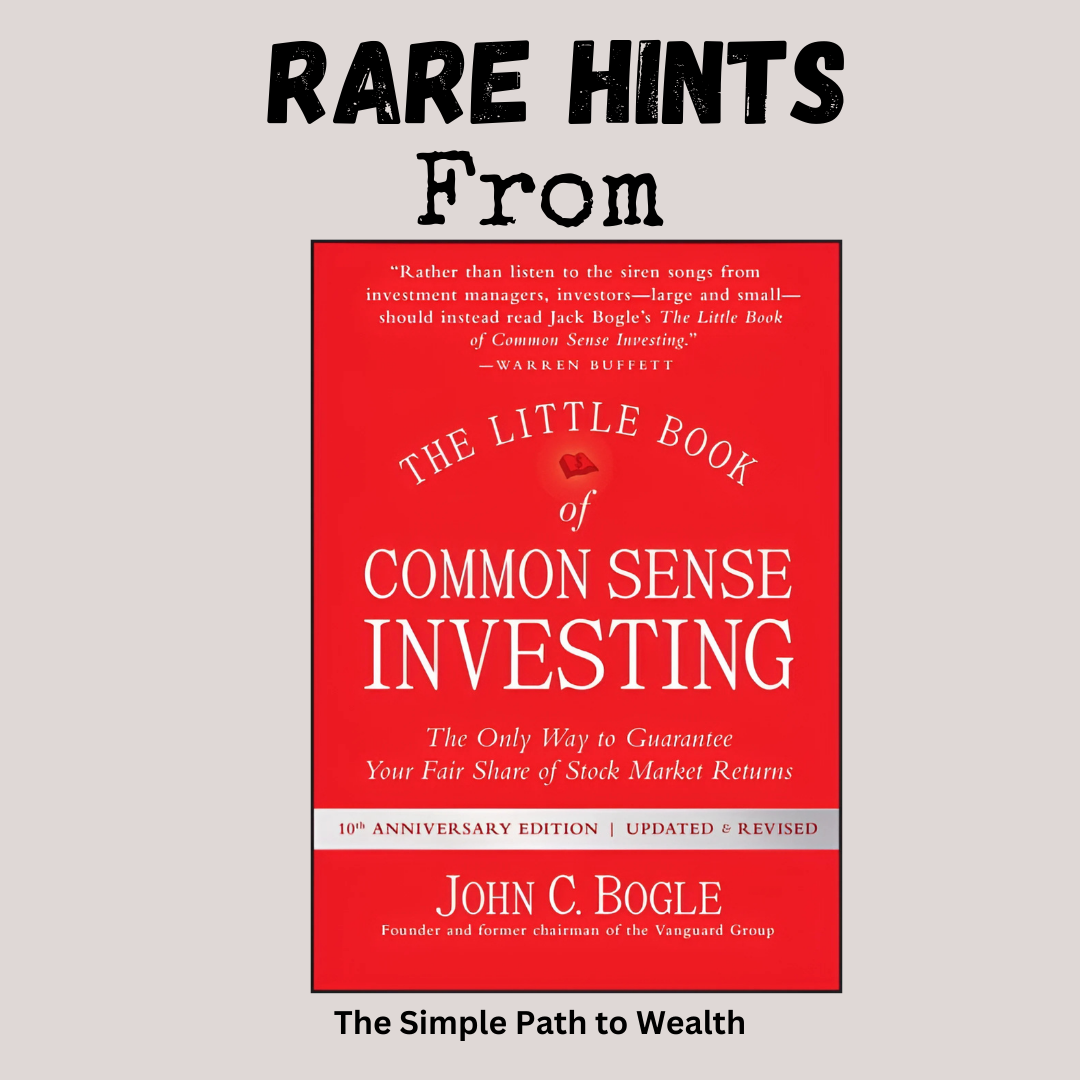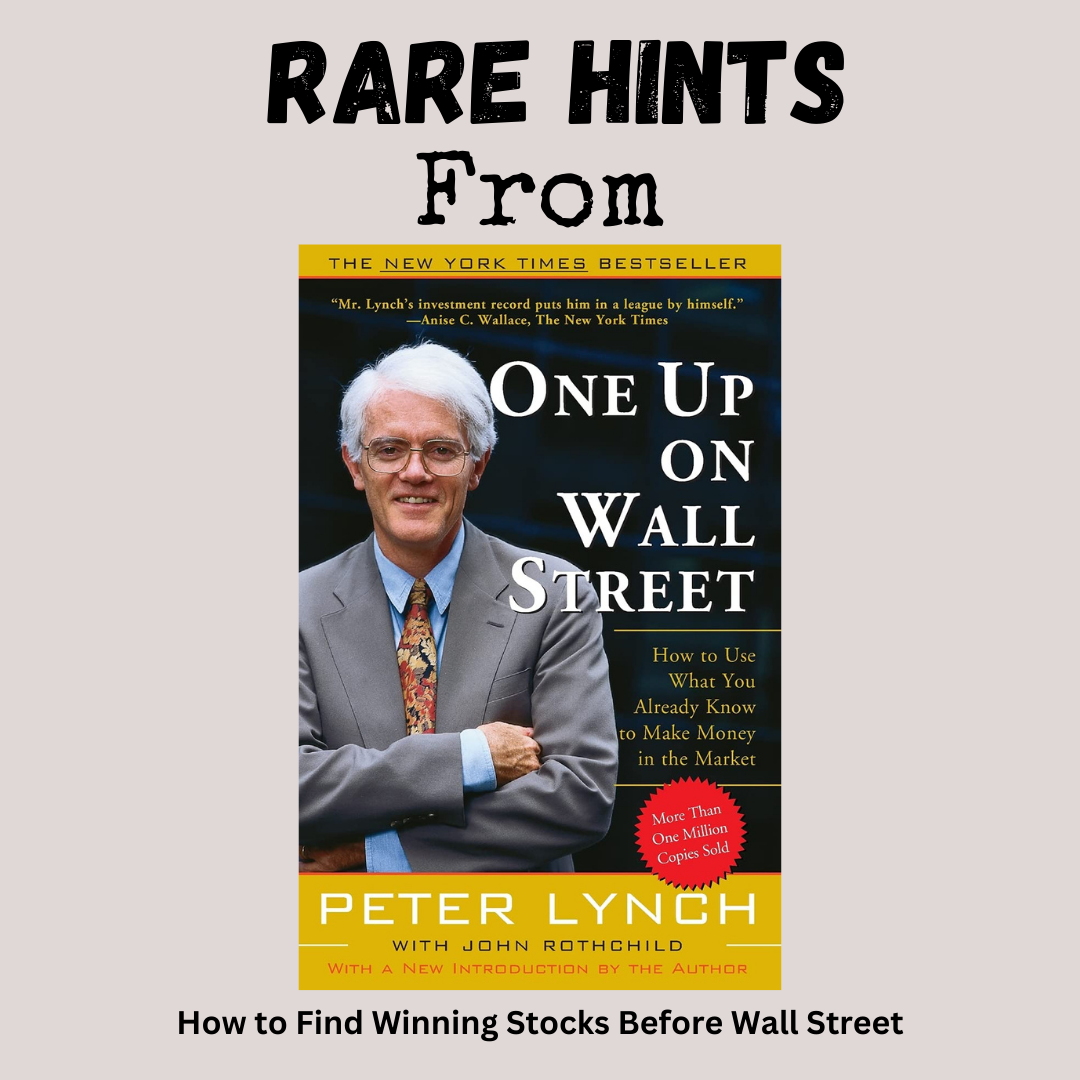Do You Need to Be a Wall Street Insider to Invest Successfully?
The stock market can feel like a mystery to many people.
- Should you invest in big-name stocks or hidden gems?
- How do you know when a company is a good investment?
- Do you need complicated financial models to succeed?
According to Peter Lynch, one of the greatest investors of all time, the answer is no.
In Beating the Street, Lynch proves that anyone—even without an MBA—can pick great stocks by simply paying attention to the world around them and doing some basic research.
If you’ve ever felt intimidated by investing, this book is your roadmap to confidence and clarity.
📈 The Core Idea: Smart Investing Doesn’t Have to Be Complicated
Most people think successful investing requires:
✅ Access to exclusive stock market data
✅ Complex financial models
✅ Predicting the next big trend
But Lynch disagrees. He built his legendary investing career on a simple approach:
“The best stock ideas are often right in front of you.”
If you observe the world, pay attention to what people are buying, and do a bit of research, you can outperform many professionals.
💡 Why This Matters for Wealth-Building:
- You don’t need Wall Street connections—your everyday knowledge is an investing advantage.
- You can identify future winners before the mass media hypes them up.
- Investing is about patience, research, and common sense—not just luck.
By combining real-world observations with basic financial analysis, you can build wealth with confidence.
🚀 Key Investing Lessons from Beating the Street
1️⃣ Invest in What You Know
Lynch’s #1 rule? Look around you—the best investment ideas are often hiding in plain sight.
“Before buying a stock, ask yourself: Do I understand how this company makes money?”
🔥 How to Apply This Today:
✅ Notice trends in your daily life—which brands are always busy?
✅ Check if a company is publicly traded and research its financials.
✅ Stick to industries you understand—if you love tech, research tech stocks.
💡 Example: If you see a coffee chain expanding rapidly and always full of customers, check its stock. It might be a great long-term investment.
2️⃣ Do Your Homework (Don’t Rely on Hype)
Lynch warns against blindly following stock tips from social media or friends.
Instead, dig into the numbers before making any investment.
“A great company can be a bad investment if the stock is overpriced.”
🔥 How to Apply This Today:
✅ Read a company’s earnings reports—is revenue growing?
✅ Check its debt levels—too much debt is risky.
✅ Look at profit margins—higher margins = stronger business.
💡 Example: Just because a stock is popular (like Tesla or Apple) doesn’t mean it’s the right time to buy. Research valuation before investing.
3️⃣ Think Long-Term (Patience Wins in the Stock Market)
Lynch emphasizes staying in the market for years—not days or weeks.
“Ignore short-term noise. If a company is growing, hold on and let it compound.”
Many investors panic-sell when the market drops, but successful investors stay the course.
🔥 How to Apply This Today:
✅ Before buying, decide how long you’ll hold the stock (at least 5+ years).
✅ Don’t check stock prices daily—focus on business fundamentals.
✅ Stay invested—even during downturns (markets recover over time).
💡 Example: Investors who held Amazon stock for 10+ years made life-changing returns. Short-term traders missed out.
4️⃣ Use Simple Metrics (No Need for Advanced Math)
You don’t need complex formulas to evaluate stocks. Lynch recommends basic indicators:
- P/E Ratio (Price-to-Earnings): Lower = potentially undervalued.
- PEG Ratio (P/E to Growth): Under 1 = potential bargain.
- Debt-to-Equity: Too much debt is a red flag.
🔥 How to Apply This Today:
✅ Look at the company’s growth rate—is revenue increasing?
✅ Compare the P/E ratio to its competitors—is it overvalued?
✅ Avoid companies with high debt and low profits.
💡 Example: If a stock has a high P/E but slow growth, it may be overpriced. If it has strong growth and a reasonable P/E, it might be a good buy.
5️⃣ Diversify—But Not Too Much
Lynch warns against putting all your money into one stock—but also against over-diversifying.
“Owning too many stocks dilutes your returns.”
🔥 How to Apply This Today:
✅ Own a handful (10-15) of well-researched stocks instead of 100 random ones.
✅ Mix different industries—tech, healthcare, consumer goods, etc.
✅ Focus on quality, not quantity.
💡 Example: Instead of owning 30 mediocre stocks, invest in 10 strong companies with proven growth potential.
🛠️ How to Apply Beating the Street to Your Portfolio Today
✅ Step 1: Observe Your World—what products and services do you (and others) love?
✅ Step 2: Do Basic Research—check earnings, debt, and growth potential.
✅ Step 3: Think Long-Term—invest with a 5+ year mindset.
✅ Step 4: Use Simple Metrics—avoid overly complex analysis.
✅ Step 5: Build a Balanced Portfolio—diversify, but don’t overdo it.
The key? Smart investing is a mix of common sense and basic financial knowledge.
⚠️ Common Investing Mistakes to Avoid
❌ Buying a stock just because it’s trending.
❌ Investing in businesses you don’t understand.
❌ Panicking and selling during market downturns.
❌ Ignoring valuation—just because a stock is “popular” doesn’t mean it’s a good buy.
❌ Over-diversifying—owning too many stocks with no real strategy.
🎤 Your Turn!
👉 What’s one stock or industry you’ve noticed growing lately? Drop a comment below—I’d love to hear your thoughts!
🚀 If this helped simplify investing for you, share it with a friend who’s new to the market!
Remember: Smart investing isn’t about complexity—it’s about patience, research, and using your everyday knowledge to your advantage.






Leave a Comment